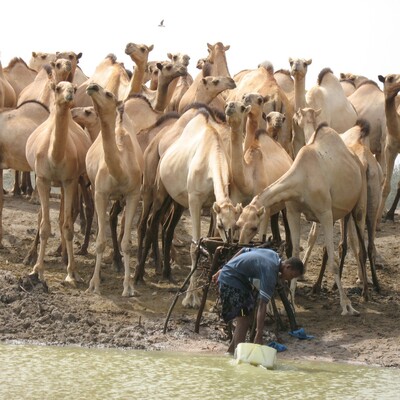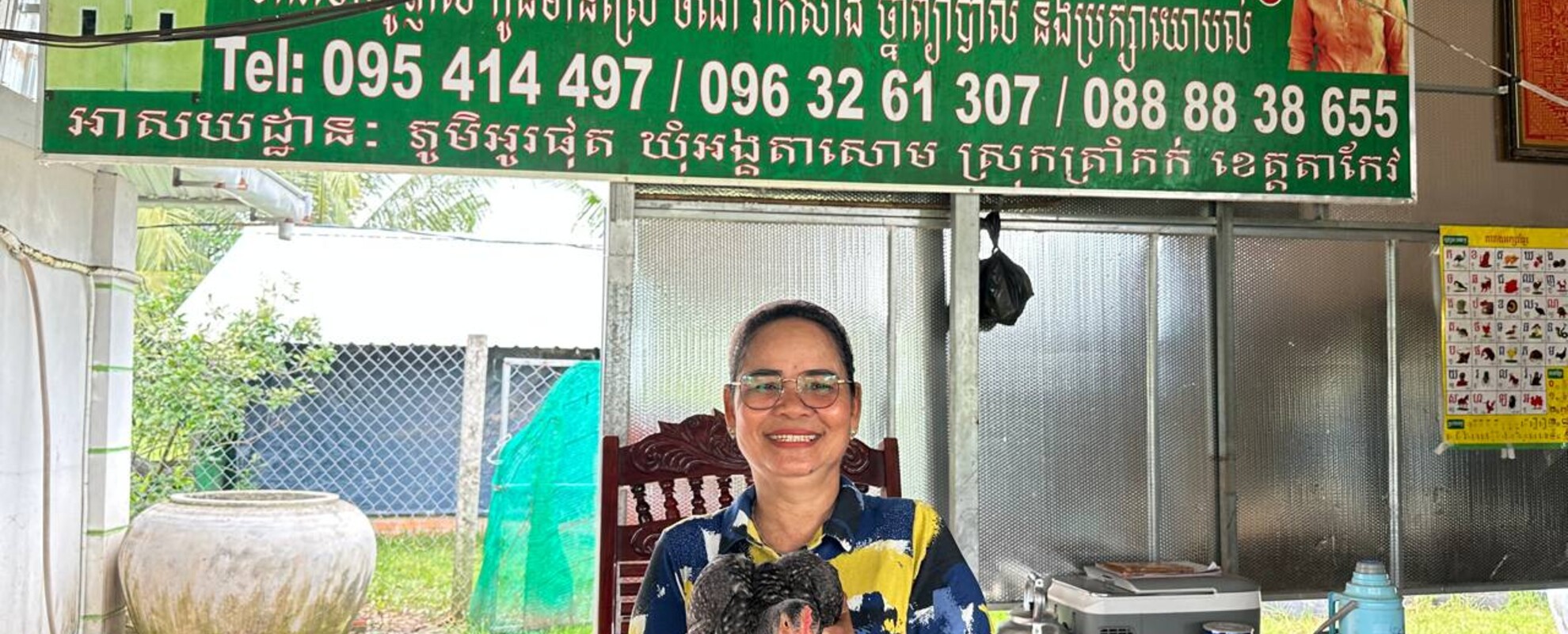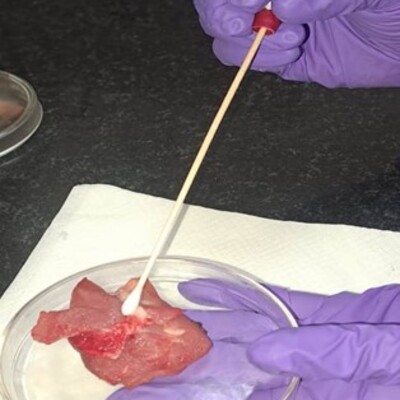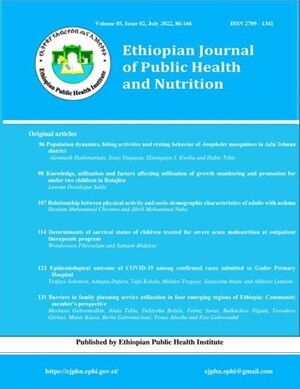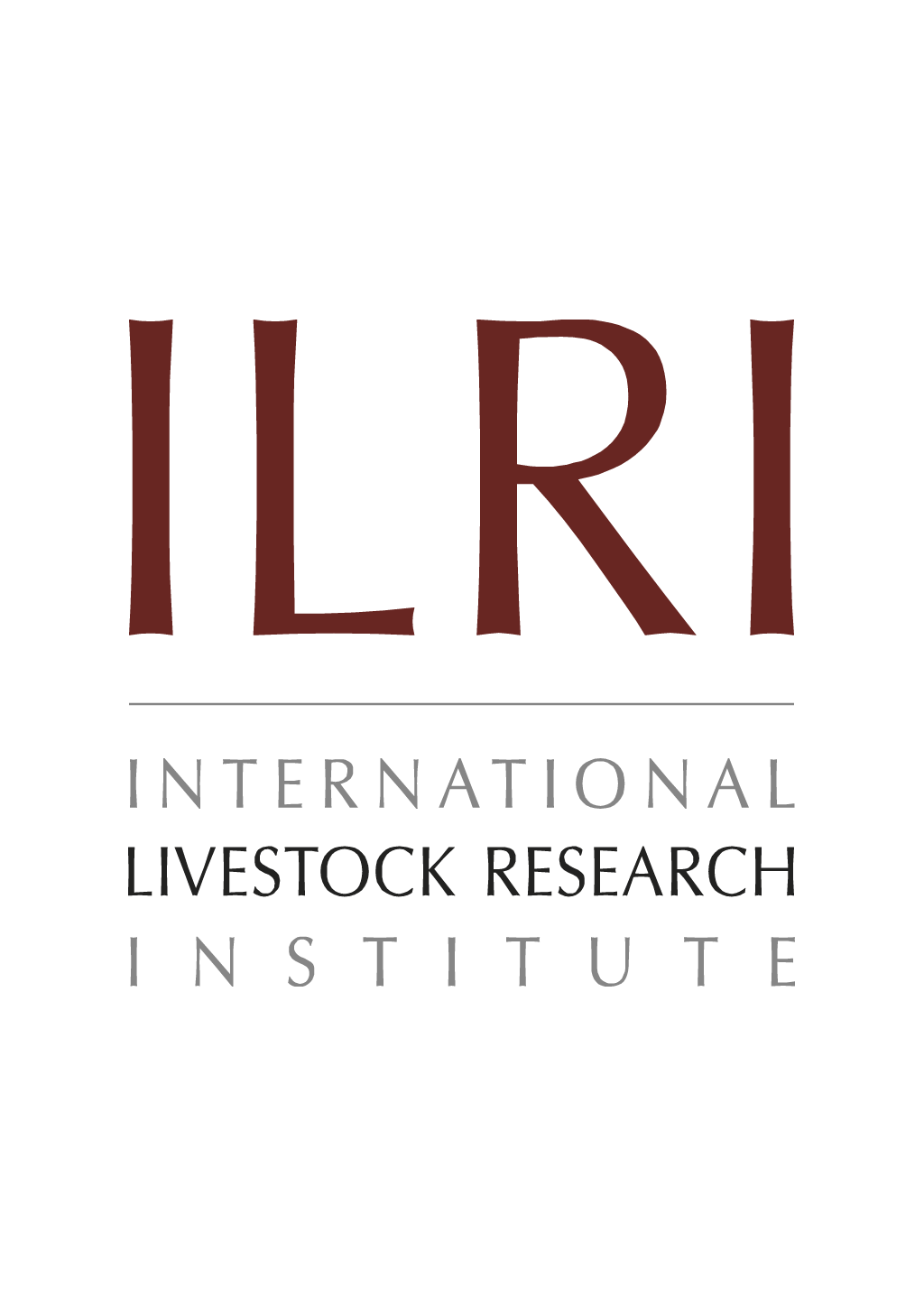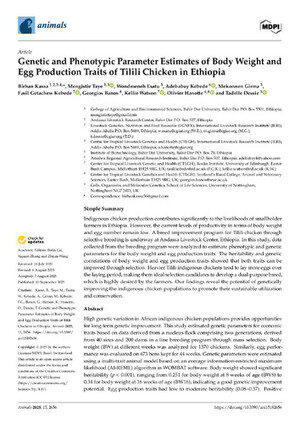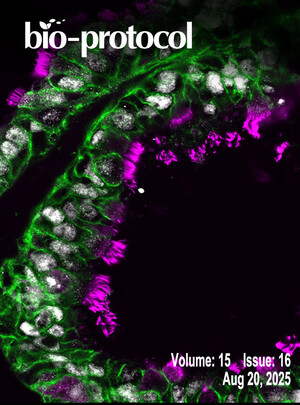
Improved indigenous chicken project boosting food security and livelihoods in Takeo Province, Cambodia
In Takeo, as in many other provinces in Cambodia, smallholder poultry farmers struggle with inefficient production systems, limited market access and frequent disease threats despite the poultry sector’s significant role in supporting rural livelihoods and enhancing food security. While demand for local chicken breeds remains high, farmers often lack the tools and knowledge to scale production, a challenge the Asian Chicken Genetic Gains (AsCGG, 2021–2025) project has been working to resolve.
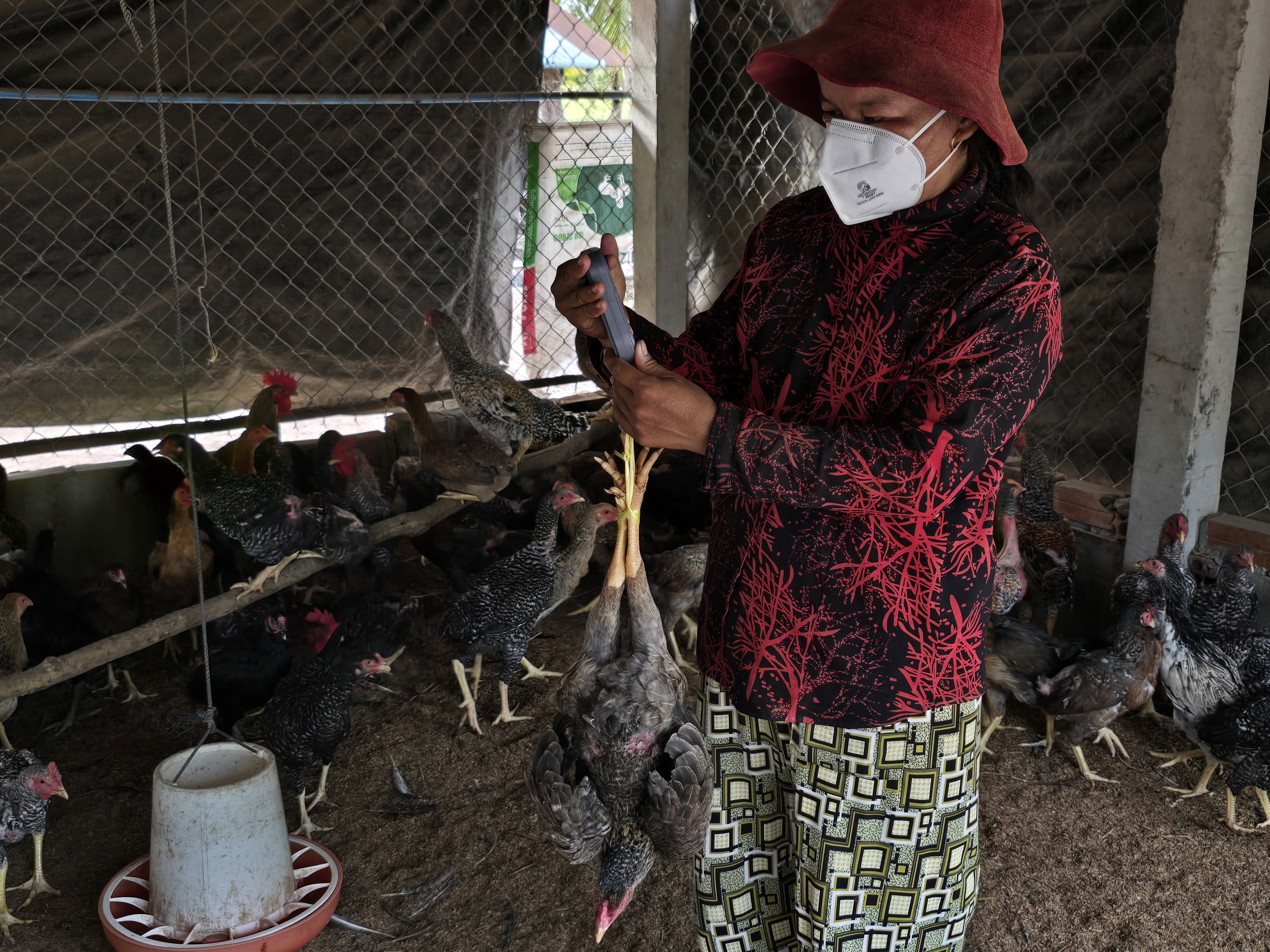
Through a comprehensive package of interventions, this project is boosting poultry production while preserving the genetic integrity of indigenous chickens. One of these interventions is the Participatory Indigenous Chicken Breeding Improvement Program (PICBIP), which focuses on improving the Skouy breed—a traditional dual-purpose chicken valued for both meat and egg production.
By selecting three nucleus farms to represent the whole province, PICBIP, launched in June 2023, has laid the foundation for a decentralized, farmer-led breeding model that promotes long-term sustainability and resilience. The result has been a change in the lives of hundreds of Takeo’s smallholder farmers, such as Yem Sony, a former construction worker who now runs a productive poultry farm in his village.
‘The AsCGG project has improved my income and enabled me to stop living and working away from my family,’ Sony shared. ‘I now earn enough to meet my daily expenses and save for my children’s university education. I also spend less on food because my family consumes some of the eggs and meat we produce.’
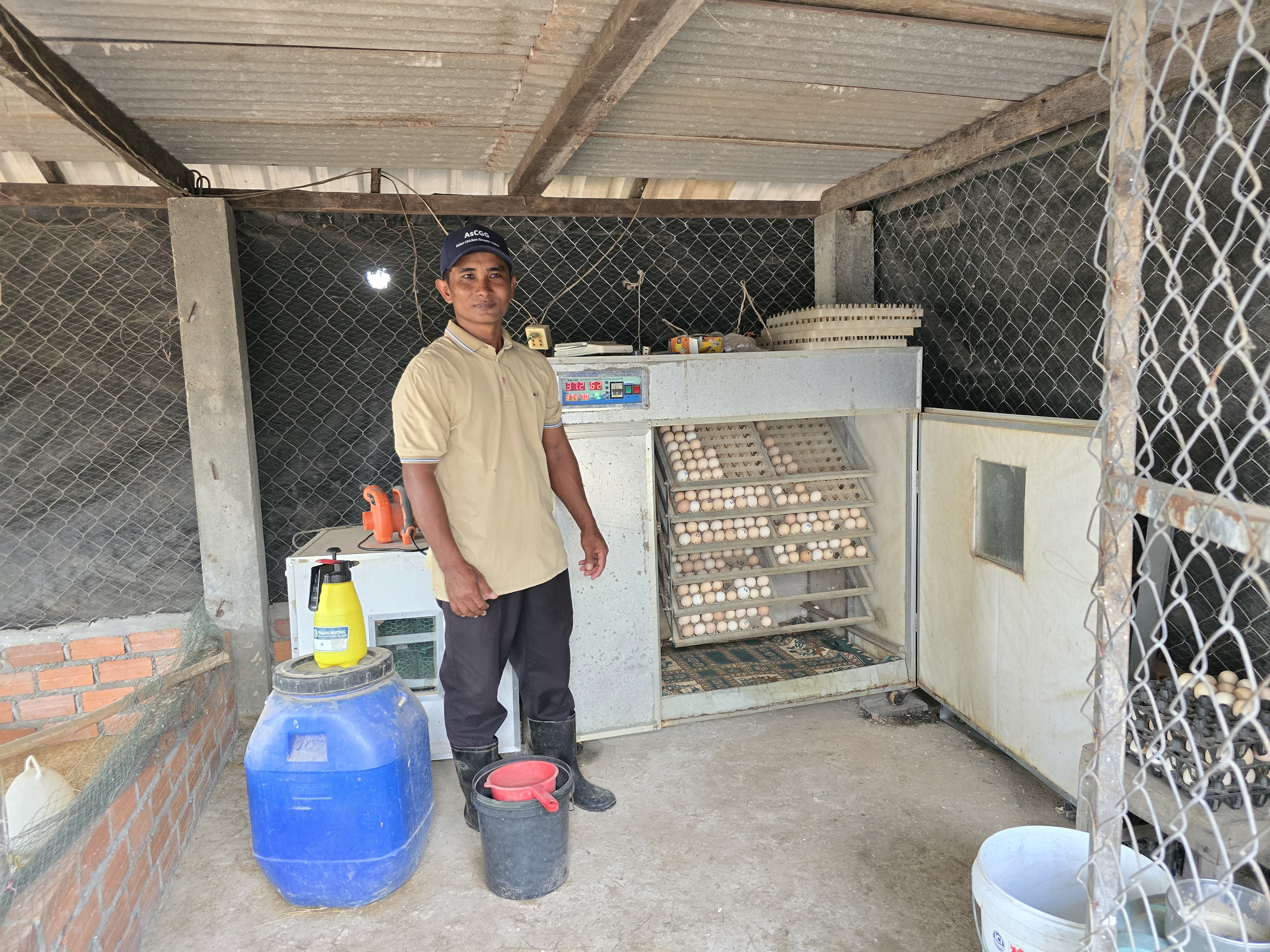
Sony and other participating farmers have been trained in artificial insemination, breeding flock management, biosecurity and data collection. This has enabled them to control breeding decisions—such as selecting parent stock based on desirable traits like body weight and egg productivity—and maintain better records, ensuring healthier flocks.
Sothyra Tum, director of the National Animal Health and Production Research Institute (NAHPRI), says the project was launched at a crucial time:
‘Although chicken production is increasing, most people still prefer the local chicken breed. This project is helping farmers in Takeo to improve their production in line with market demands.’
Farmers have reported significant improvements, noting that the new breed grows faster, has full feather coverage and commands better prices in the market. These gains have been reported at newly established innovation platforms at both the national and community levels, which enable stakeholders to exchange experiences, address production difficulties and plan collectively for the future.
‘The value per live weight has increased. We can sell parent stock for up to 15 US dollars per head. Also, we have observed a high fertility rate and low disease occurrence,’ Kan Phearom, a female farmer says.
Local authorities have recognized the positive impact of the project. Thai Ly, head of the Provincial Office of Animal Health and Production, commends the project team for offering both technical and economic support:
‘Farmers are happy because each farm receive 1,000 indigenous chicks and ongoing assistance. The breed is well accepted by the market and easy to sell.’
Despite these advancements, challenges remain. The high cost of poultry feed, the effects of climate change and the need for continuous improvements in disease prevention continue to affect farmers. Thai Ly points out that while current improvements are promising, local breeds still exhibit moderate growth rates and relatively low egg production.
‘There are still some disease occurrences and mortality rates that we need to tackle. Strengthening biosecurity and refining breeding strategies are key next steps,’ he says.
For farmers like Yem Sony, the project has been more than just a technical intervention—it has been a catalyst for well-being and hope. His journey reflects the broader transformation taking place in Cambodia’s rural area, where knowledge, innovation and local commitment are reshaping the smallholder poultry sector.
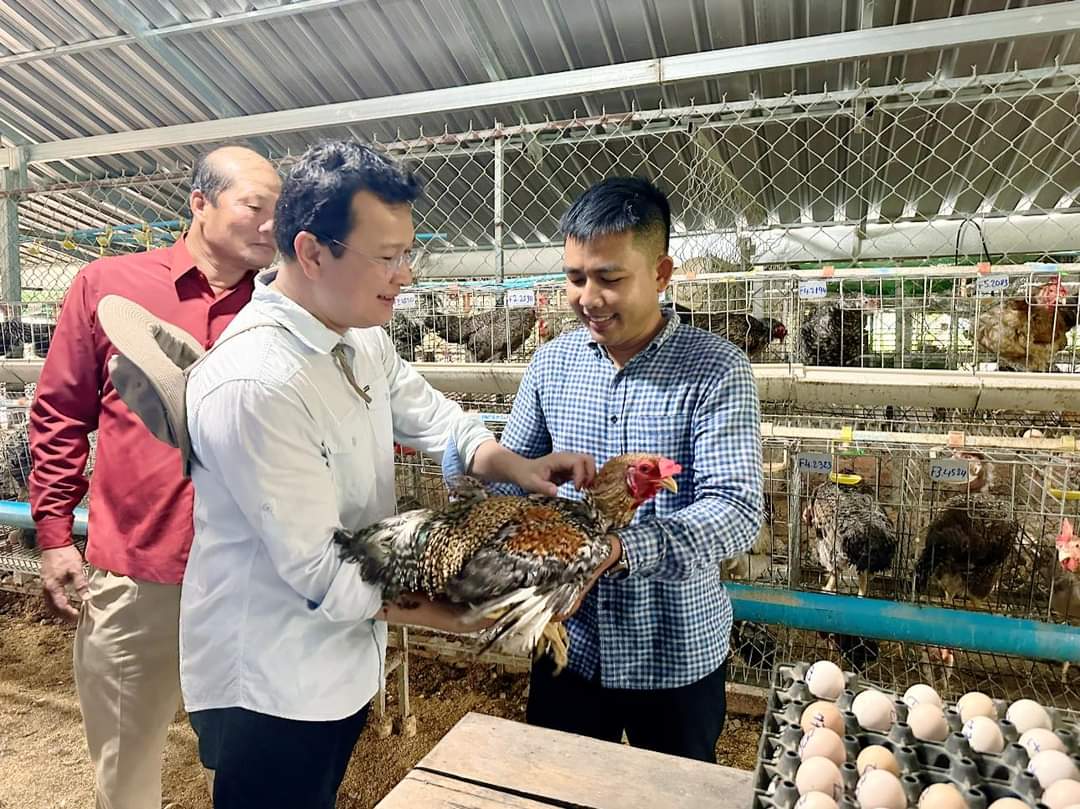
The project initially targeted three nucleus farmers and approximately 50 participating farmers. Building on the positive outcomes achieved during the implementation phase from June 2023 to May 2025, the proposed costed extension phase of the AsCGG project—currently under final approval by the Australian Centre for International Agricultural Research (ACIAR)—presents an opportunity to further expand the project's research impact pathways across several Mekong countries, including Cambodia, Vietnam and the Lao People’s Democratic Republic.
See the video about the AsCGG project on ILRI YouTube:


